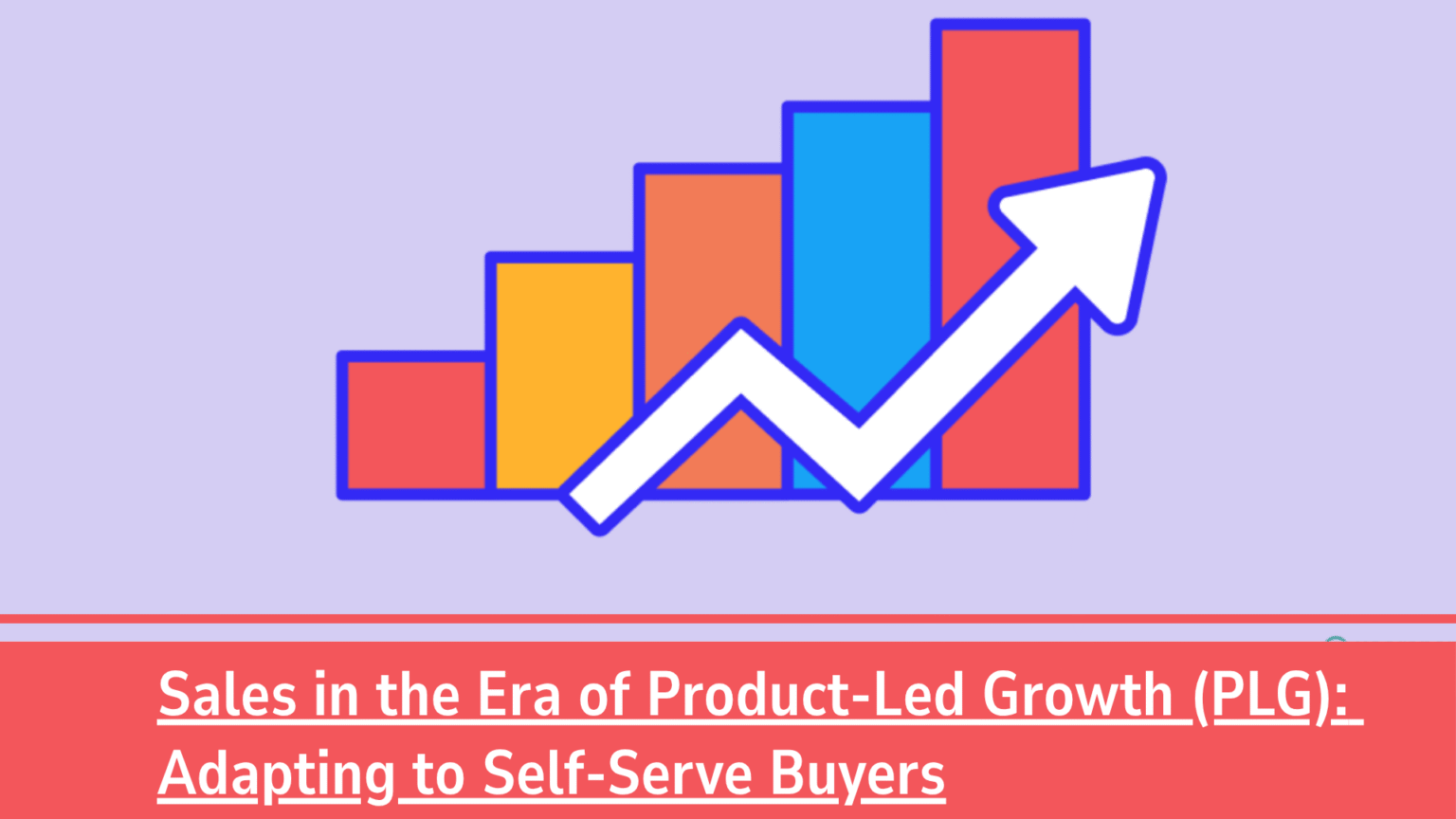
In today’s rapidly evolving B2B landscape, the traditional sales-driven approach is being reshaped by a new paradigm—Product-Led Growth (PLG). Unlike legacy models where prospects rely on sales representatives to evaluate solutions, PLG empowers users to explore, use, and derive value from products independently, often before speaking to a sales professional. This shift has given rise to a new type of buyer—the self-serve buyer—who expects intuitive, on-demand access to products with minimal friction. For sales teams, adapting to this change isn’t just beneficial—it’s essential.
Understanding Product-Led Growth –
Product-Led Growth is a business strategy where the product itself acts as the main driver of customer acquisition, conversion, and expansion. Companies such as Slack, Zoom, and Notion have popularized this model by offering free trials or freemium versions that let users experience the product before making a purchase decision. In PLG, the product becomes the customer’s first touchpoint—serving as both a marketing and sales tool. This changes the role of the sales team from being the gatekeeper of product access to being a guide who helps unlock deeper value once the customer is already engaged.
The Emergence of the Self-Serve Buyer –
Today’s software buyers are more independent and tech-savvy than ever. They rely on product reviews, online communities, and in-app experiences to evaluate solutions. They expect consumer-grade user experiences from business software and prefer to test a product themselves before engaging with sales. These self-serve buyers are accustomed to getting value upfront and tend to avoid sales conversations unless they see a clear benefit. As a result, sales professionals need to shift their mindset from persuasion to enablement, helping users maximize value from the product rather than pushing for a commitment.
The Changing Role of Sales in a PLG Environment –
In a PLG-driven organization, sales teams must become more strategic and consultative. Rather than cold-calling prospects, they focus on Product-Qualified Leads (PQLs)—users who have already interacted with the product in meaningful ways. For example, someone who has added team members, used premium features, or hit usage limits is a strong signal of buying intent. Sales reps must use product usage data to tailor their outreach, offering relevant insights and solutions that align with the user’s current experience.
This approach also demands deeper collaboration between sales, product, marketing, and customer success teams. Sales must align closely with product teams to understand feature adoption trends and with customer success to ensure smooth onboarding and retention. Instead of relying on traditional slide decks, sales reps use real-time product insights to guide their conversations, making them more valuable to the customer.
Leveraging Freemium Models and Usage Insights –
PLG companies typically offer free tiers or trials that allow users to try the product with minimal friction. This creates a rich source of behavioral data that sales teams can use to engage users more effectively. For example, if a user has reached a storage limit or invited several collaborators, a timely message about upgrade benefits or enterprise features can be highly effective. This “assist, don’t insist” model allows sales to intervene only when users are primed for conversion, making the sales motion feel natural and helpful rather than disruptive.
Rethinking Metrics and Incentives –
In the PLG world, traditional sales KPIs like calls made or meetings booked are no longer the most meaningful indicators of success. Instead, metrics such as PQL-to-customer conversion rate, time-to-value, and customer expansion revenue become more relevant. Sales compensation models should also evolve to reflect these new priorities, rewarding reps for long-term account growth, usage engagement, and cross-functional collaboration rather than just deal volume.
Conclusion –
Product-Led Growth doesn’t eliminate the need for sales—it transforms its purpose. Sales professionals are no longer gatekeepers controlling access to information or demos. Instead, they are enablers who step in at the right moment to help users get the most out of the product, solve specific problems, and scale their usage. The most successful sales teams in PLG environments are those that embrace this new reality—leveraging product insights, adopting a consultative approach, and collaborating across teams to drive sustained growth.
By aligning with the self-serve mindset, today’s sales professionals can build more authentic relationships, drive higher-value conversions, and ultimately thrive in the age of product-led growth.


